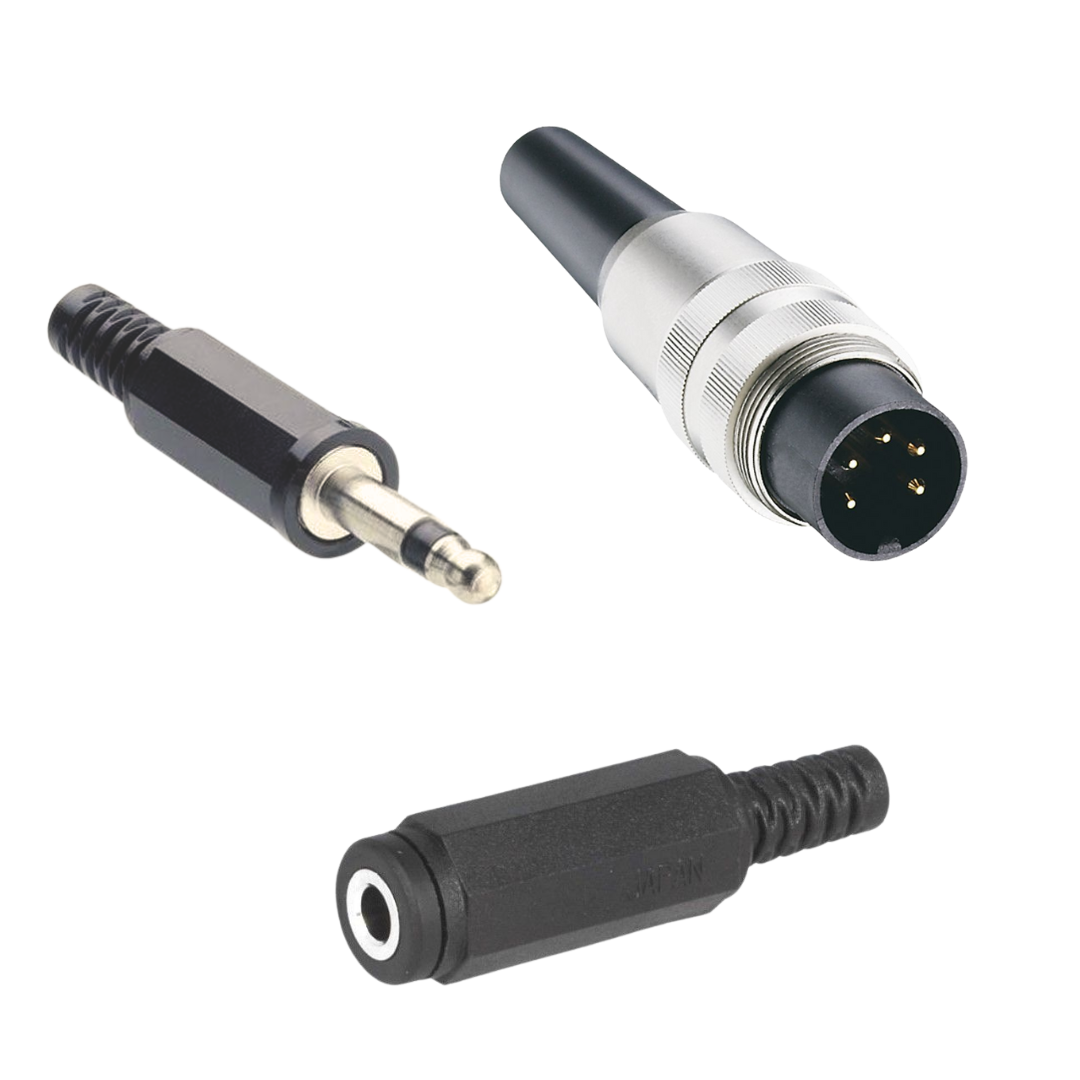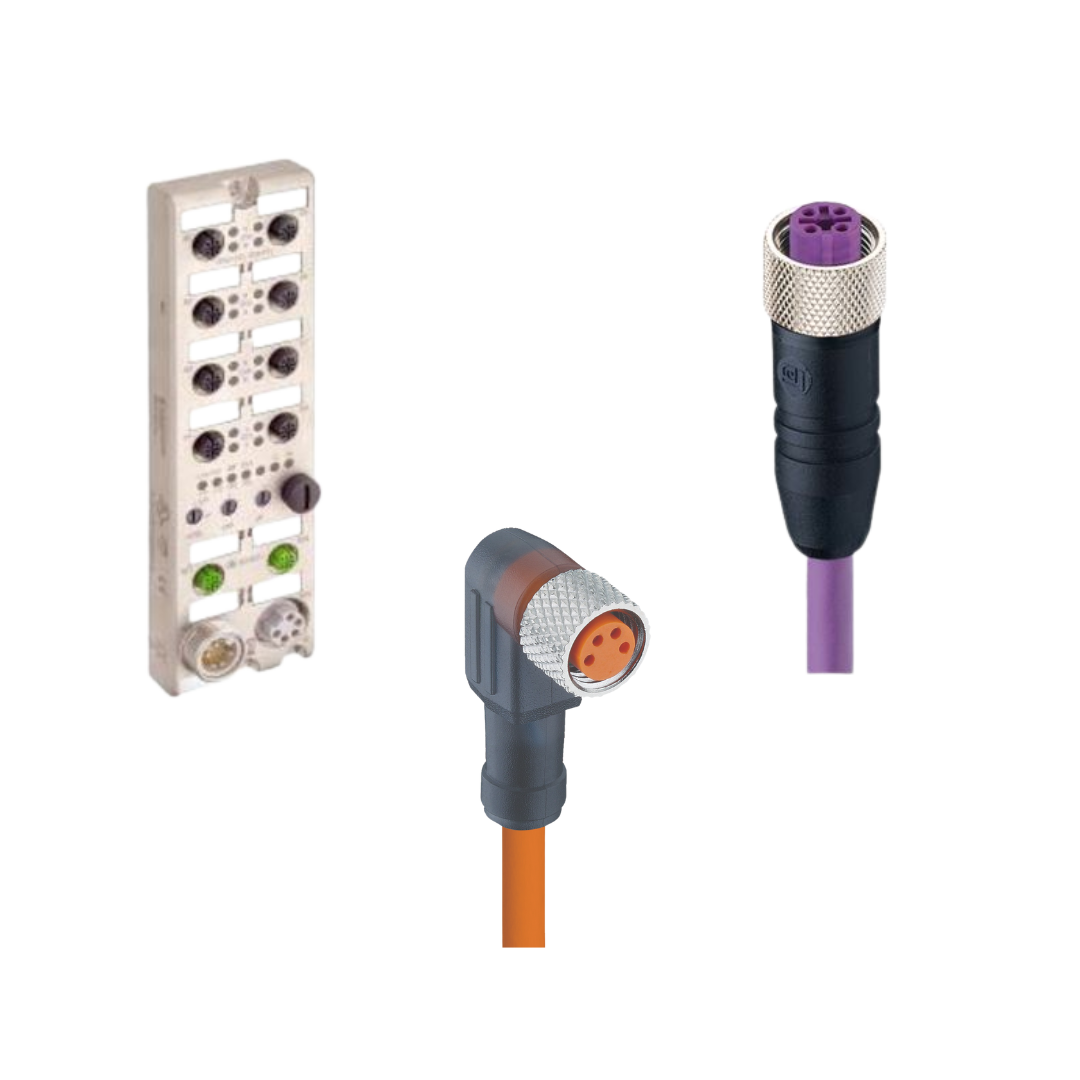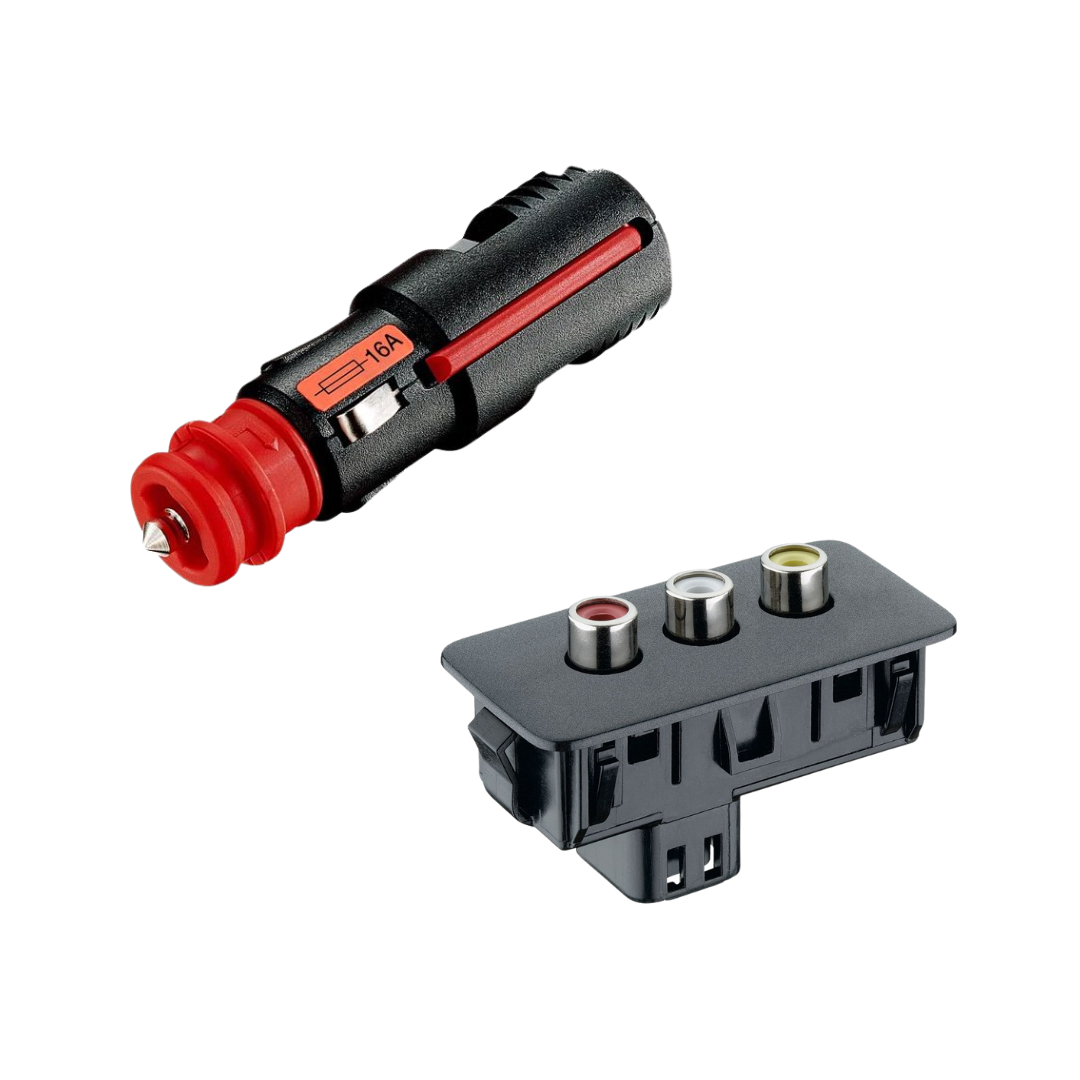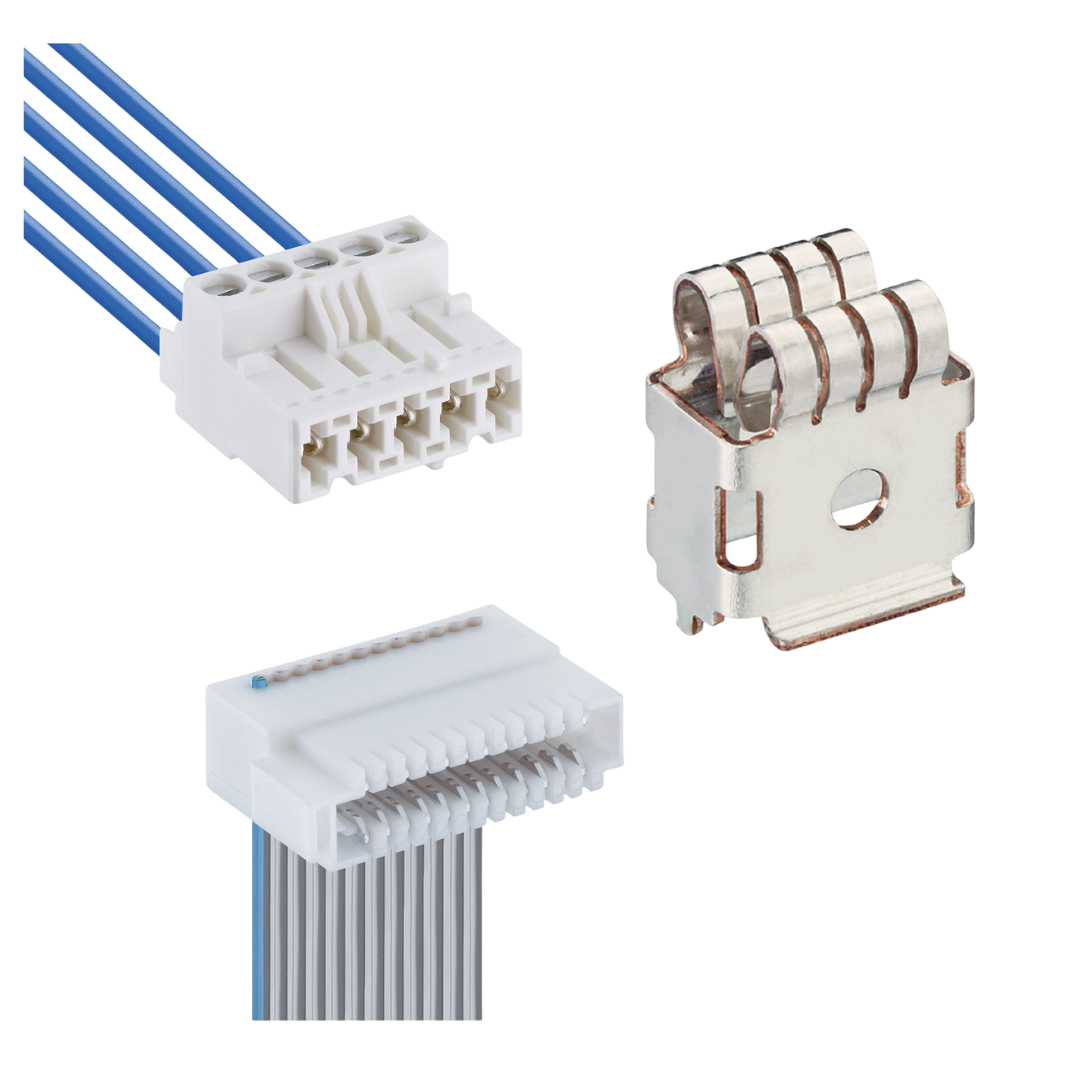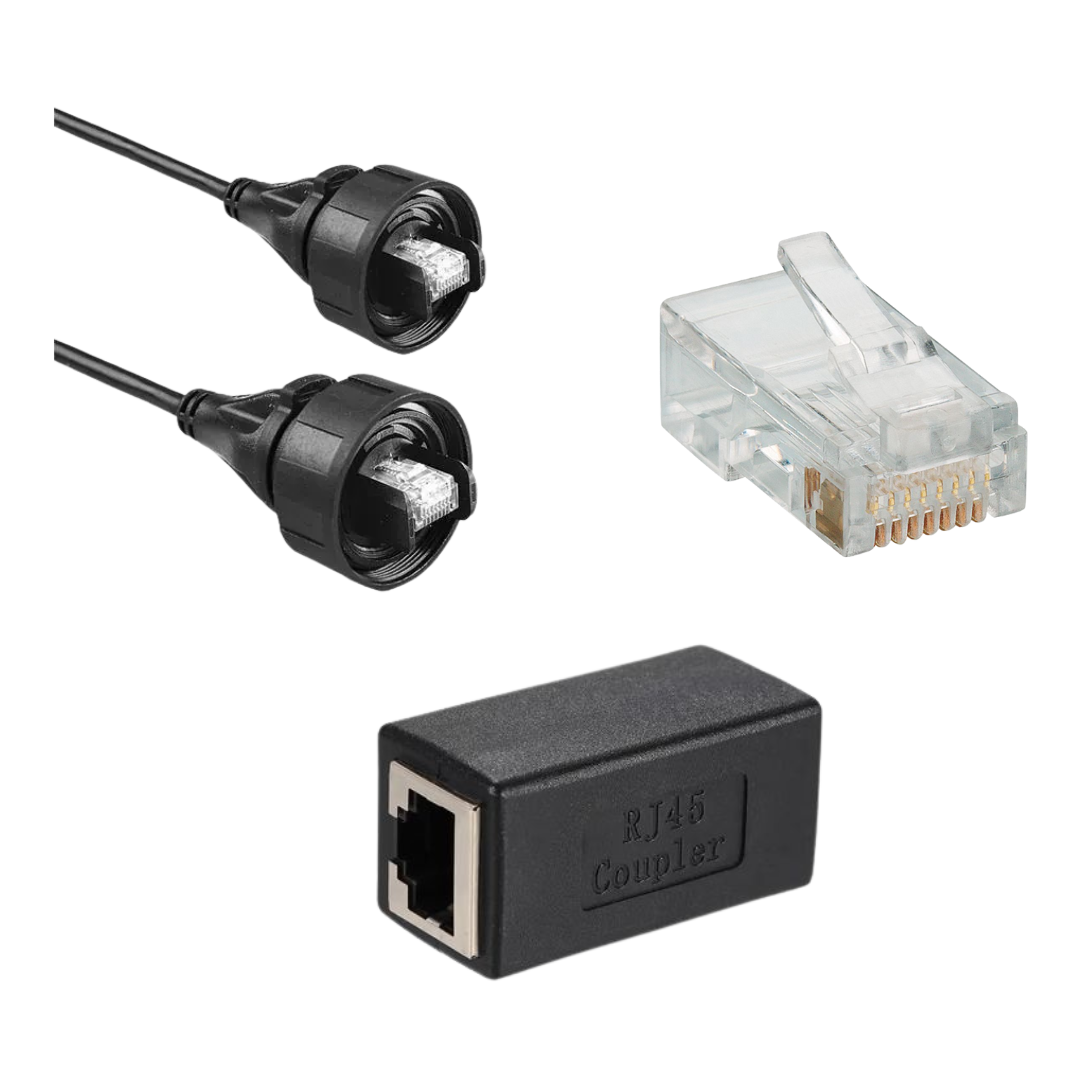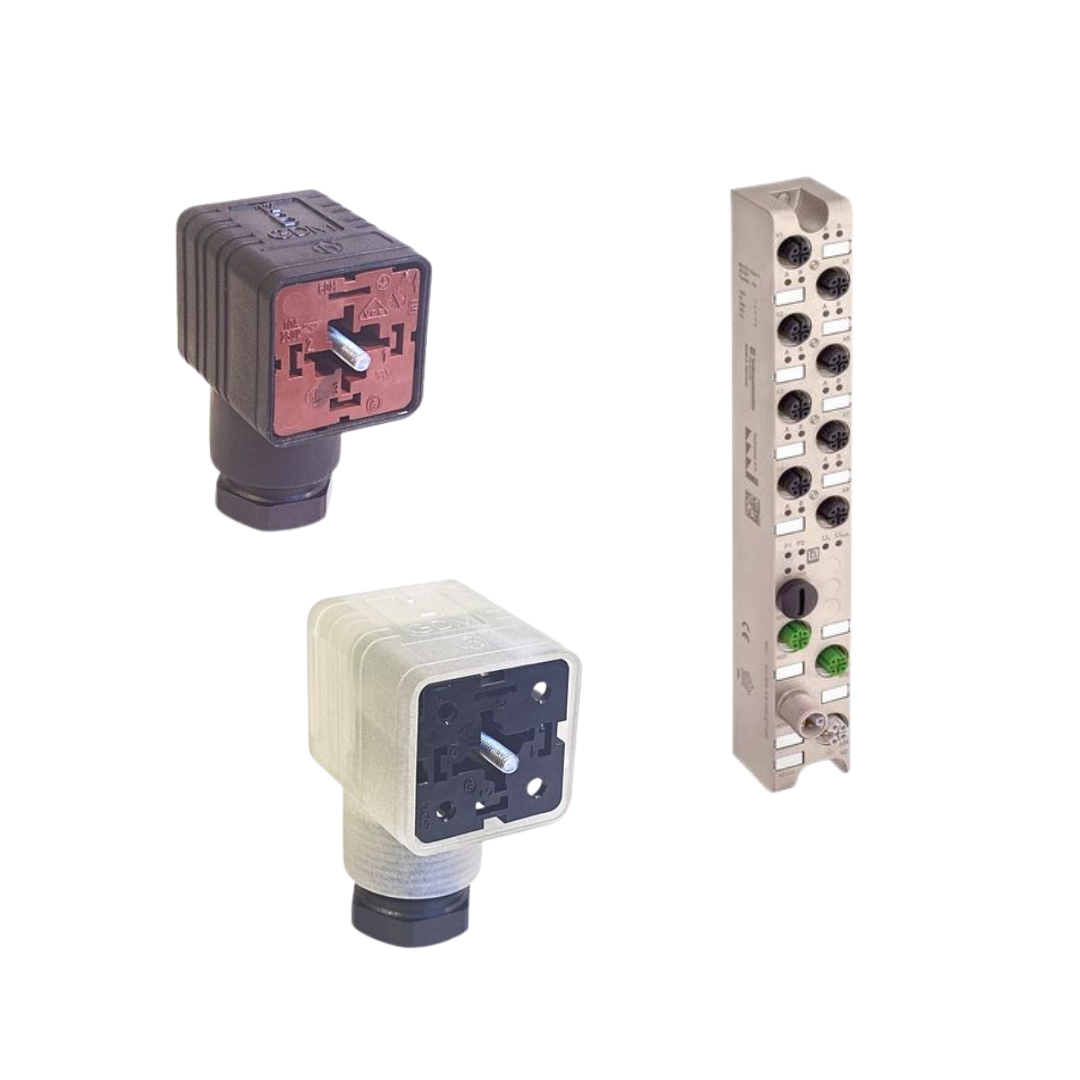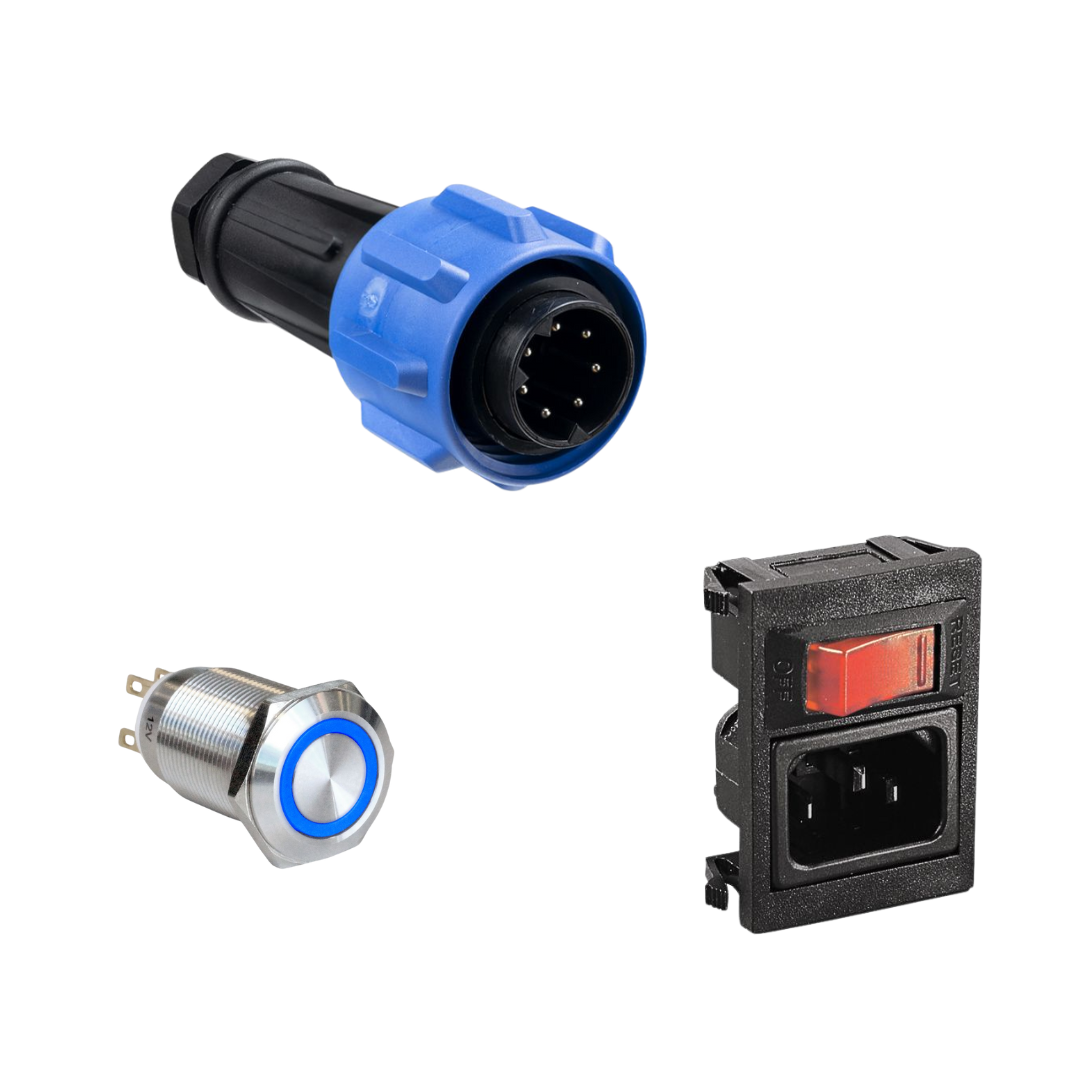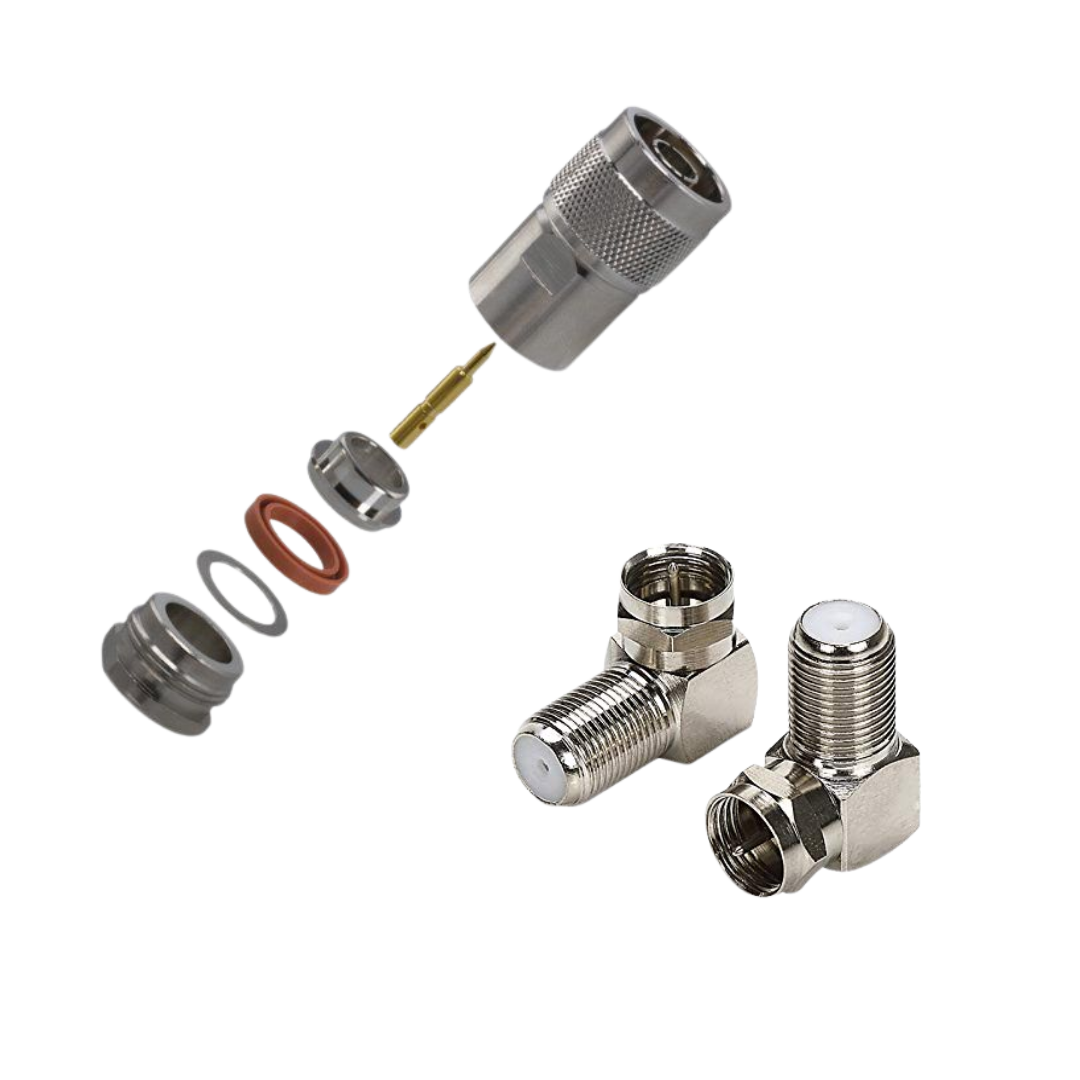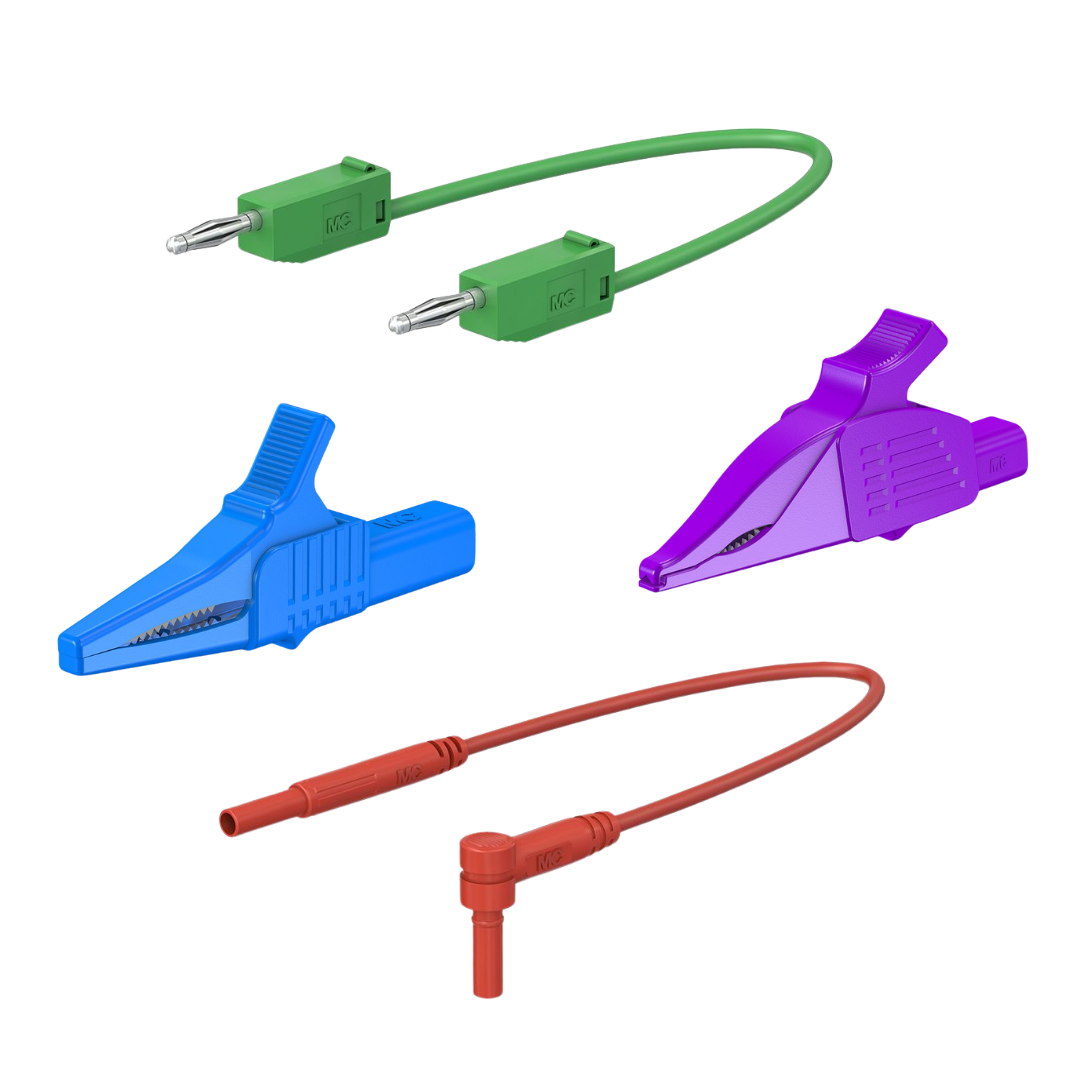14/12/2020
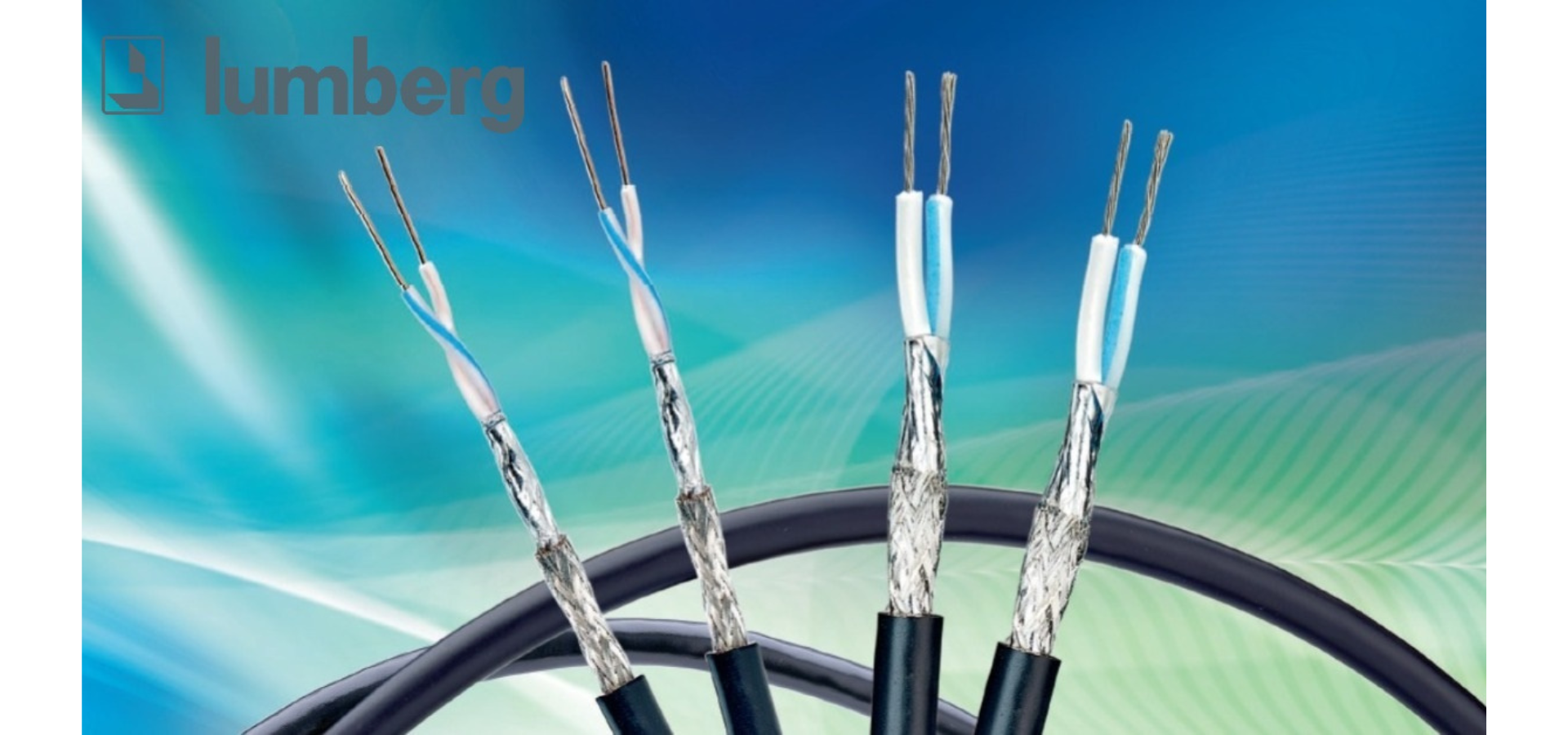
Will Single-Pair Ethernet Revolutionize Our Office Networks?
Megatrends such as the Industrial Internet of Things (IIoT) and Industry 4.0 are driving new standards in wired connectivity for industrial automation and smart factories. The latest development, Single-Pair Ethernet (SPE), enables data transmission via Ethernet using only one twisted pair.
Currently, we can achieve transmission speeds from 10Mb/s to 1Gb/s over distances of up to 1,000 meters. Instead of the usual two or four pairs of wires, Single-Pair Ethernet cabling requires only one twisted pair to transmit both data and power. With its simple design and reduced weight, space requirements, and installation costs, SPE offers numerous benefits. This technology allows for up to 75% reduction in cabling, giving designers more functionality in compact spaces.
With a simple SPE connector, Ethernet interfaces can now be integrated into small sensors, cameras, and other monitoring devices. This new technology enables compatibility between connected devices, ultimately providing a more robust IIoT solution.
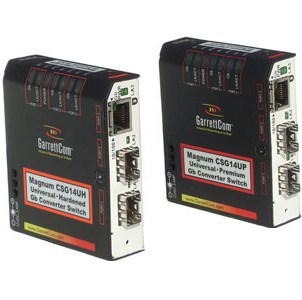
No Media Conversions Required
“SPE is not just a collection of new infrastructure components like cables and connectors; it’s a completely new ecosystem that impacts devices and applications. Now, we can communicate end-to-end in the same language without media conversions or special adapters, which significantly reduces installation and deployment time. Since Ethernet and remote power-over-Ethernet (PoE) can also be delivered via these slimmer, two-wire cables, the entire solution becomes ‘smart.’ Many connected devices and sensors no longer need an external power source or battery."
Automotive
- Smart factories
- Smart city infrastructure
- Automated construction processes
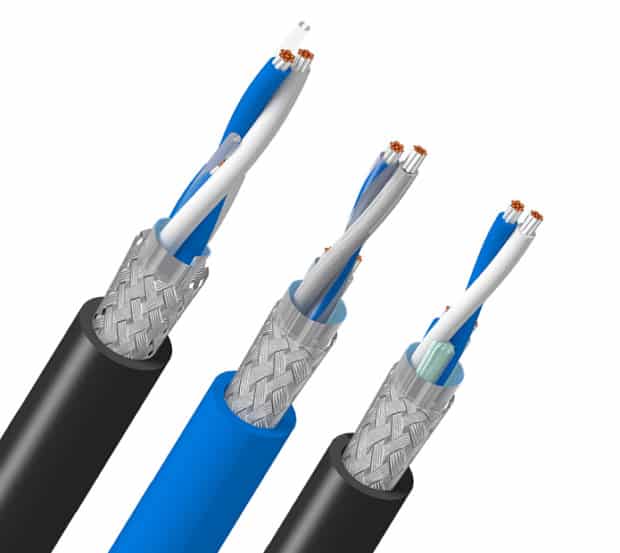
Single-Pair Ethernet in Office Applications
Single-Pair Ethernet is not yet the perfect solution for all Ethernet applications. Reducing the number of wire pairs also limits data speed and range. As of 2020, SPE is not yet suitable to replace existing Cat5e, Cat6, and Cat6A or four-pair Ethernet infrastructure. The main benefits of single-pair Ethernet lie in the lower levels of the automation pyramid, thanks to its simple installation, compact size, and highly reliable connections, even in the harshest environments.
For now, traditional office infrastructure will continue to be used, particularly in the higher levels of the automation pyramid. As data aggregation increases, higher bandwidth will be needed, especially when connecting to enterprise resource planning (ERP) and manufacturing execution systems (MES).
In the future, a globally unified Ethernet network is expected for every market and application area. There will continue to be heterogeneous network infrastructures for specific systems, but a standardized Ethernet will be the common thread that global suppliers agree on.

“With billions of Ethernet connections worldwide today, the transition to a unified Ethernet network may take time, but someday – you never know.”
